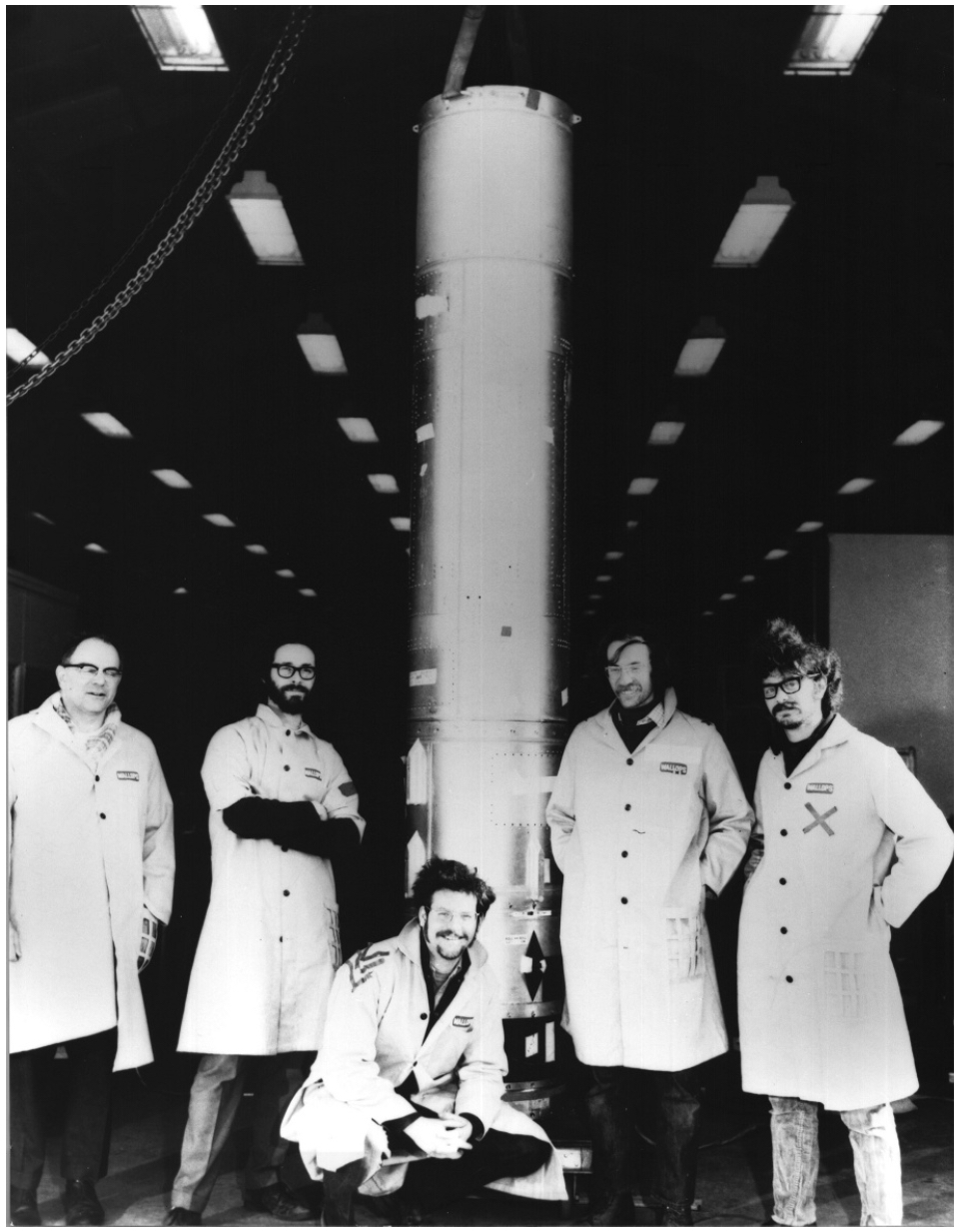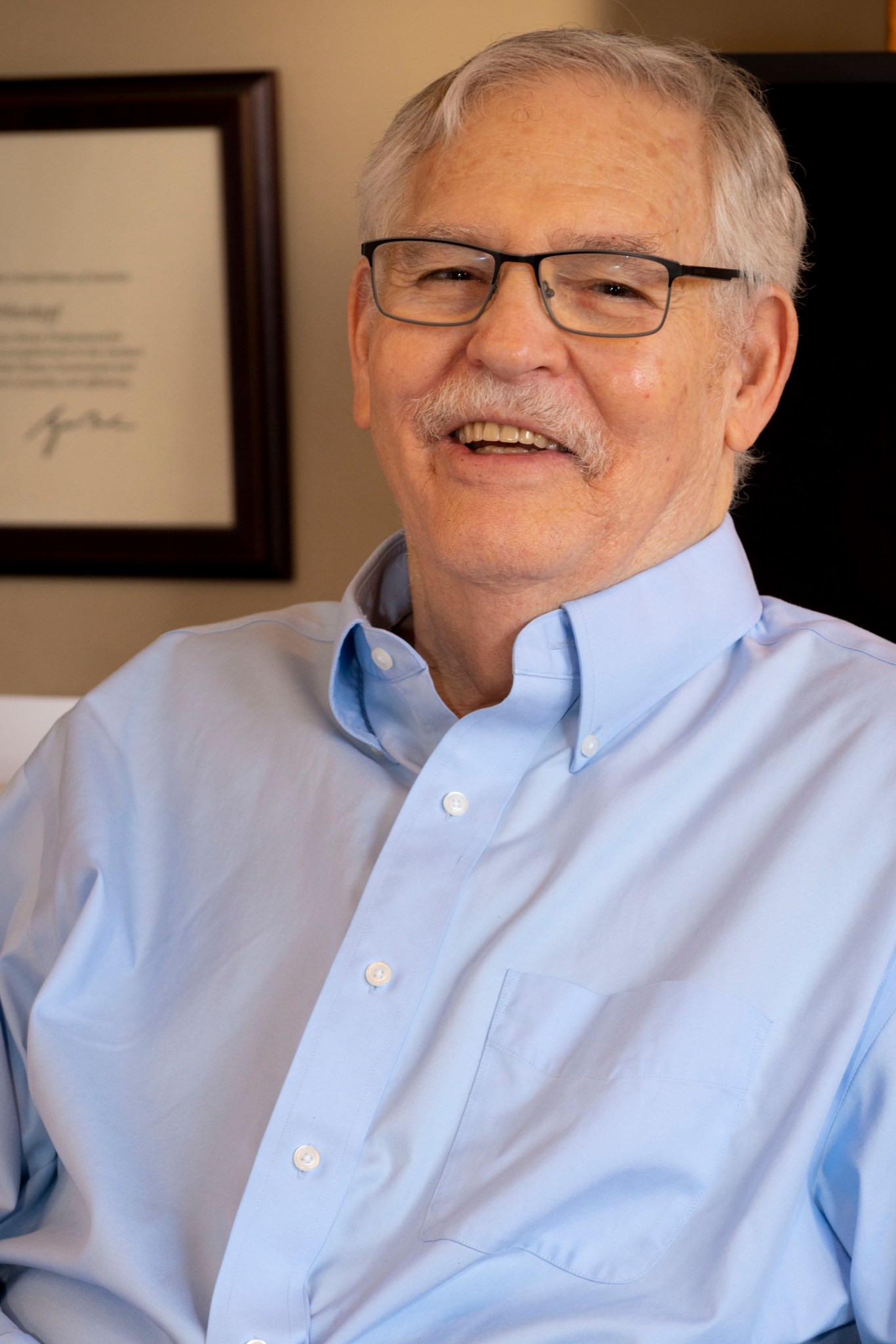Listen to Gravity Assist: A New Set of X-Ray Eyes is Launching, with Martin Weisskopf
When NASA’s pioneering Imaging X-ray Polarimetry Explorer (IXPE) mission launches Dec. 9, it will be another career landmark for principal investigator Martin Weisskopf.
More than three decades ago, Weisskopf led the development and launch of NASA’s Chandra X-ray Observatory as project scientist – a role he continues to fill today. IXPE soon will complement and build upon Chandra’s work, taking a bold and unique step forward by exploring the nature of stars, galaxies, and other celestial bodies in a new way.
But Weisskopf’s fascination with X-rays goes back even further, to his first post-graduate job in 1969, first as a post-doc and then as an assistant professor at Columbia University in New York, performing early experiments in X-ray astronomy.
“More than 50 years later, X-ray research remains as compelling to me as ever,” he said.
Launching Chandra in 1999 would be a peak achievement for any scientist, but Weisskopf said shepherding IXPE toward its two-year mission in space has been just as satisfying.
A partnership with the Italian Space Agency, NASA’s newest X-ray collector will measure the polarization of X-rays from some of the most energetic cosmic objects – from the remnants exploded stars to supermassive black holes and their powerful jets of energetic particles – to further our understanding of the universe and how it works. Polarization is a property of X-rays and other types of electromagnetic waves. It describes the orientation of the electric parts of the waves as they travel through space. But polarized X-rays are impossible to observe without the right tools.
IXPE is NASA’s first mission to explore the polarization signatures of a variety of X-ray sources. IXPE’s polarization measurements will add new and unique levels of detail to scientists’ understanding of these brilliant and bizarre objects, their surrounding environment, and the natural processes occurring under conditions impossible to recreate in laboratories on Earth.
That suits Weisskopf, chief scientist for astronomy at NASA’s Marshall Space Flight Center in Huntsville, Alabama, where he led the development, construction, and testing of both Chandra and IXPE.
“Science is a full-contact intellectual sport,” he said. “You’ve got to plan ahead, but also think fast on your feet,” he said. “I play science like I play basketball – with my elbows, moving you out of position, always looking for unexpected ways forward.”
He’s keen, for example, to conduct new observations of supermagnetized stellar remnants called a magnetars. Magnetars are a type of isolated neutron star – the crushed, city-sized remains of an exploded star many times more massive than our Sun. What sets magnetars apart is the enormous storehouse of energy tied up in their magnetic fields, the strongest known in the universe.

“By studying magnetars with IXPE, we can verify the size of those fields, and test how they’re produced by these collapsed stellar bodies,” he said.
Scientists around the world will study IXPE’s findings for decades, Weisskopf noted – but what really thrills him isn’t validating existing models, or concepts.
“What I’d like most are findings that blow our theories out of the water,” Weisskopf said. “Science is most exciting when we find evidence that doesn’t line up, behavior that runs counter to expectations. When we don’t know what the heck is going on, that’s when the fun begins.”
Learn more about NASA’s IXPE mission here:
More about Martin Weisskopf
Weisskopf earned a bachelor’s degree with honors in physics from Oberlin College in Oberlin, Ohio, in 1964. After receiving his doctorate in physics from Brandeis University in Waltham, Massachusetts, in 1969, he became a post-doc and then an assistant professor at Columbia University.
He joined NASA in 1977 as senior X-ray astronomer at the agency’s Marshall Space Flight Center in Huntsville, Alabama. In addition to his work on Chandra, Weisskopf also launched a major research program in 1978 to develop and refine high-powered X-ray optics, and remains a senior co-investigator for IBIS, the European Space Agency’s international X-ray imager, which has flown on the International Gamma-Ray Astrophysics Laboratory since 2002.
Weisskopf was awarded the NASA Medal for Exceptional Service in 1992 and the NASA Medal for Scientific Achievement in 1999. He received the Hermann Oberth Award from the American Institute of Aeronautics and Astronautics in 2001, the Rossi Prize from the American Astronomical Society in 2004, and the George W. Goddard Award from the International Society for Optical Engineering in 2006.
Weisskopf is also a Fellow of the American Physical Society, the International Society for Optical Engineering, and the American Astronomical Society.
Written by Rick Smith, NASA’s Marshall Space Flight Center



























